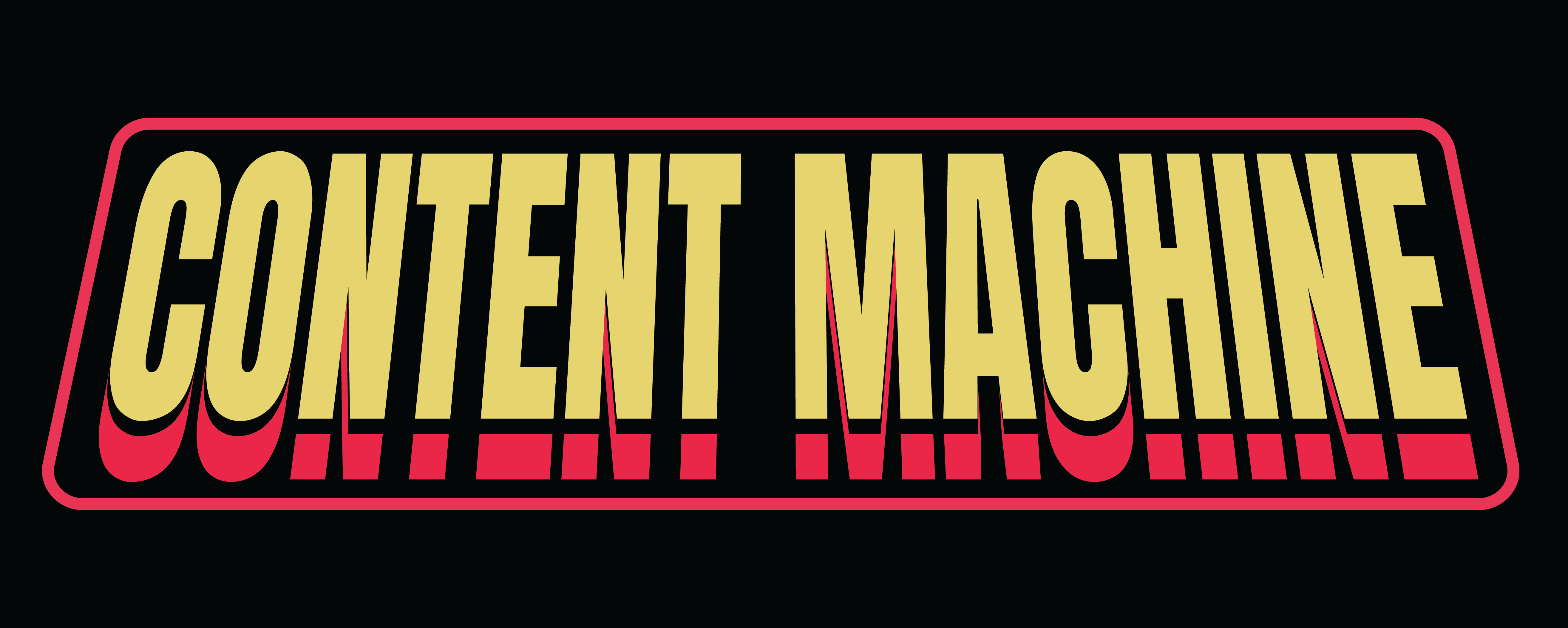Machine Learning has emerged as a powerful tool in video editing, offering a wide range of innovative capabilities. However, alongside its potential benefits, it is crucial to acknowledge and explore the potential drawbacks that accompany this technology. Utilizing Machine Learning models in video editing can introduce complexities in terms of accuracy, bias, and ethical considerations that require careful examination to ensure responsible and effective implementation. Furthermore, the potential impact of Machine Learning on the creative process in video editing and the shifting roles of human editors raise questions regarding the long-term implications of relying on automated systems for video production tasks.While Machine Learning (ML) holds the potential to transform video editing, it’s crucial to address its potential drawbacks. One key concern is the limited transparency and interpretability of ML models, making it challenging for editors to understand and control the editing process. Additionally, the availability and quality of training data can significantly impact the accuracy of ML algorithms, potentially leading to biases or errors in the edited videos. Furthermore, ethical considerations arise, as ML-based editing tools could enable the creation of deceptive or harmful content, raising concerns about the potential misuse of these technologies.
Machine Learning in Video Editing: Exploring Potential Drawbacks


